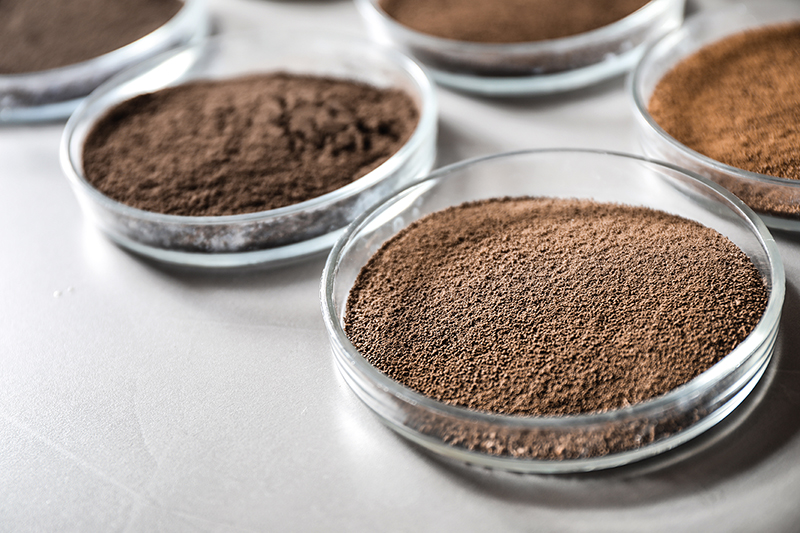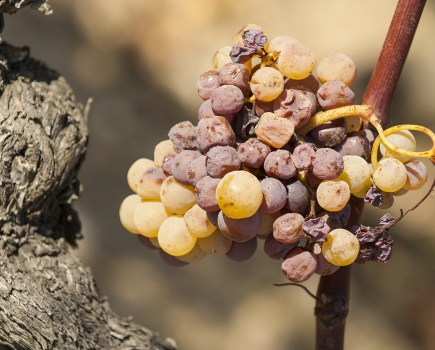The Vidacycle team uncover the secrets behind building soil health.
• vines.vidacycle.com • info@vidacycle.com • 07952 005864
The term ‘regenerative farming’ is becoming widely celebrated, and is being widely adopted, with even very large companies like General Mills in the US pledging to bring regenerative agriculture to 1 million acres of their supply chain by 2030.
Regenerative farming is all about building soil health in order to foster resilient and flourishing farm ecosystems whilst reducing costs. At Vidacycle we support regenerative practices in the vineyard, and over the last few years we have learned just how much the soil can tell you if you are willing to dig a hole and look!
Healthy soils are all about the biological life within them. Plants photosynthesise, make sugars, and then they actually exude up to 30% of those sugars into the soil through their roots, which feeds the soil biology – essentially bacteria, fungi and other microorganisms. In exchange for the sugars the plant exudes, the microorganisms bring the plant nutrients. Cleverly, microorganisms can dissolve insoluble nutrients in the soil below and bring them to the plant in a soluble form.
We have ignored the value of these biological systems for so long – in large part due to the way we test for nutrient requirements in the soil. A classic N, P, K lab analysis only looks for nutrients available in a plant soluble form, and disregards the fact that microorganisms can bring nutrients to a plant from other sources. We have worked with a number of concerned farmers who, after transitioning to regenerative practices, found their Phosphate level was worryingly low in soil lab tests even though they were getting good yields. Of course, the explanation is simple, the plants were getting their P thanks to the biology in the soil.
Microorganisms also secrete glues and slimes which hold the soil structure together, forming aggregates – the structural basis of healthy soil. This aggregated structure allows water and air to easily percolate around and through it, so the soil will be able to hold more water deep down in its profile for when plants really need it, as well as remaining aerobic throughout.
If you want to start to build the biological life in your soil and manage your vineyard more regeneratively, then soil health principles are a good place to start. In short they are: ensure that living plants are in the ground all year round, minimise soil disturbance, minimise synthetic inputs, increase diversity, and incorporate animals into the system.
We work with farmers and vintners to empower them to monitor and understand their soils with the help of our app Sectormentor. We have developed a series of simple tests with farmers and leading soil scientists that enable everyone to investigate that key question ‘how alive is my soil?’ We are now working with a number of pioneering vineyards in the US, and the UK, who are starting to monitor their soils by measuring earthworm populations, the wet aggregate stability of their soils, the diversity of the plants above ground, percentage of bare soil, rhizosheath formation around plant roots and a Visual Evaluation of Soil Structure (VESS). You can find a protocol for how to do these tests on our website vines.vidacycle.com. Next month we will share some knowledge that has been gathered from tests on vineyards in the UK. In the meantime, it’s a good time to ask yourself: how alive are your soils?




